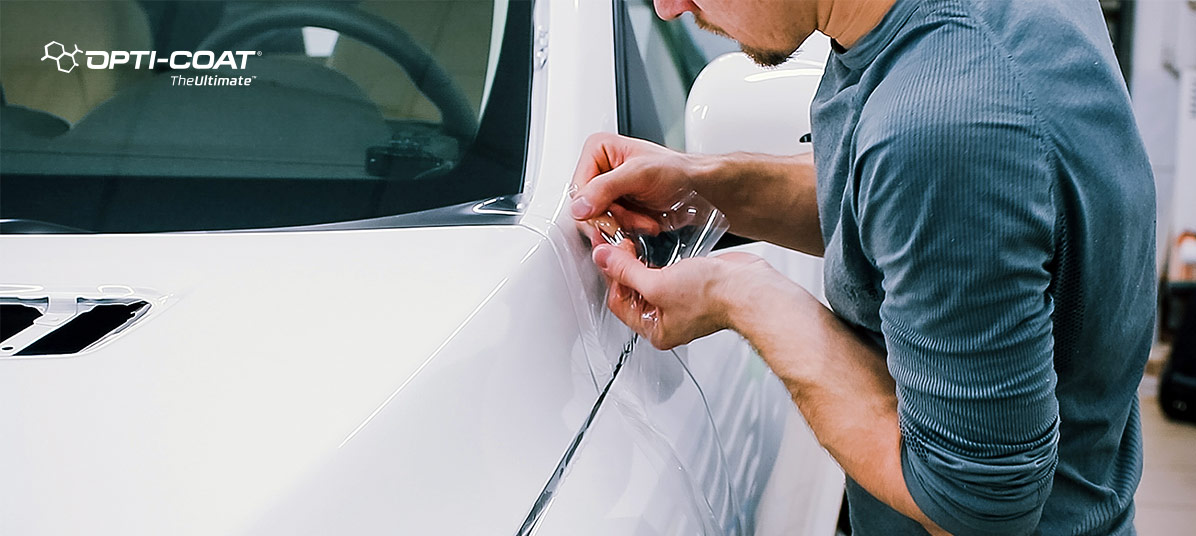Tips on making your car monsoon-safe

Downpours=damages to your car. Whether it’s water-stains, mud splotches, damage due to rainwater contamination, acid levels or corrosion – anyone with a car they love knows that monsoons spell tough times. Not to mention, the nightmare that is driving through heavy rains. That’s why we’ve put together a short list of tips you can follow this rainy season to protect your car from damage as far as possible, while ensuring a safe, hassle-free drive.
- Exterior protection and maintenance: A car treatment such as an Opti-Coat Ceramic Coating prevents your car’s exteriors from getting damaged in rains, as it makes it hydrophobic and resistant to chemicals and corrosion. If your car is not yet treated, ensure that you at least wipe it down every day to remove muck, leaves, twigs or dirt and prevent it from settling on your paint.
- Avoid car covers: While using a car cover might seem like the most obvious way to protect your car from the rain, the truth is that it’s simply a bad idea. The cover may protect your car from the rain, falling leaves or twigs, but once the sun is out and the rainwater dries up, the car cover can stick to your car’s paint coat and peel it off when the cover is removed.
- Protect the underbody: Spray a mixture of diesel and used engine oil on the underside of your car to protect the valuable mechanical parts from moisture and grime, and also prevent rusting. Be careful to avoid the engine/exhaust areas as it may cause a fire hazard, and the brake discs as it may hinder efficient braking.
- Interior protection and maintenance: Your car seats and interiors bear the brunt of muddy shoes, stains and water splashes. While it is imperative to use interior protection treatments such as Opti-Guard Leather and Opti-Guard Fabric to ensure the lifelong protection of your interiors from stains, tearing and damage, you can also take other small steps to protect your interiors such as covering them with newspaper and towels at all times during rains. Remember to frequently get rid of wet newspapers.
- Prevent fogging with the defogger and AC: Service your AC before the monsoons to ensure that the AC filter is working to reduce moisture in the car, and use the defogger to prevent fog on your windscreen. If you do not have a defogger, you can use the blower speed on full in fresh-air mode and direct it appropriately. Avoid removing fog with a towel as it could leave streaks.
- Tire maintenance: This is crucial to a safe drive in the rains. Frequently check your tires and make sure that they are not too worn, as they undergo a great deal of wear and tear to provide adequate grip in the rains. Ensure your tires have a strong tread, on both the rear and front tyres, and always keep a spare tyre handy.
- Avoid the sides of roads: Simply driving in the centre lane can prevent an enormous amount of damage to your car. The centre is least likely to be clogged with water, while clogging usually settles on the sides.
- Clean your headlights: Visibility is essential in the monsoons. The best way to keep your reflectors clean and shiny is by using toothpaste (the white kind, not the gel variety) in circular motions, and then wiping it off with a wet cloth.
- Service and check wiring and battery: Ensure that all electrical components of your car are in good condition, as rainwater damage can be dangerous for both you and your car.
- Service and check brakes: Working breaks are crucial regardless of the weather, but especially necessary in monsoons. Check for leaks in the system and judders on the break pedal that indicate that your pads are worn out, and maintain them painstakingly to avoid skidding, long breaking distances and failure.
- Check the wipers: If your wiper blades leave water trails or smudges on the windscreen, ensure that you replace them. Since they have not been used for the duration of summer, the rubber on the wipers may have cracked. Also ensure that the wiper-washer fluids are always refilled.

A drive in the rain can be beautiful and refreshing – and if you’re a daily commuter, it’s simply unavoidable. If you follow these tips and remember to drive responsibly, we promise that both you and your car will be a 100% safe this monsoon.

